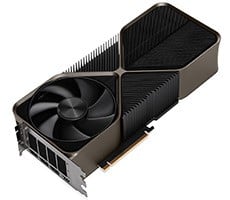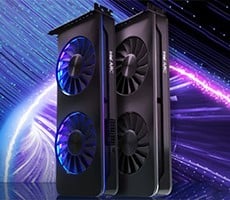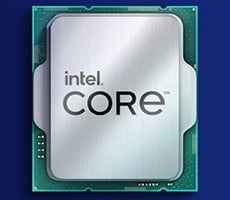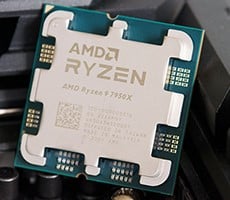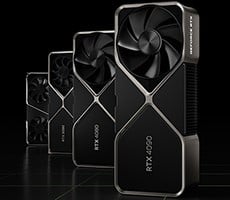NVIDIA GeForce RTX 4090 Review: Ada Dominates PC Graphics
Before wrapping things up, we also spent some time overclocking the GeForce RTX 4090 to see what kind of additional performance we could wring from the card...
Overclocking The GeForce RTX 4090
Like Ampere-based GeForce RTX 30-series cards and older previous-gen GeForces, Ada Lovelace-based GeForce cards also feature GPU Boost, which scales frequencies and voltages up and down based on the GPU's workload at the time within predetermined power and thermal limits. Should a temperature or power limit be reached, GPU Boost will drop down to the previous boost frequency/voltage stepping, in an attempt to bring power and temperatures down gradually and not cause any significant performance swings. The maximum boost clock and power limit can be tweaked and tuned to wring more performance from most cards, however.
GeForce RTX 4090 Hardware Monitor -Default Settings
As we've mentioned earlier, NVIDIA has optimized the interfaces and power delivery on RTX 40-series cards to preserve signal integrity and ensure a smooth supply of power. Ada Lovelace-based GeForces also have faster transient response to changes in workloads, which are all things that should help with overclocking.
That said, like previous-gen cards, the Ada-based GeForce RTX 4090 is still voltage or power limited to prevent damage and ensure longevity, which will usually be the gating factor in any overclocking efforts. With the GeForce RTX 4090, the power target can be increased by up to 10% and the max temperature target from 83°C to 88°C. Though the latest version of MSI's Afterburner has the option to alter voltage as well, it was greyed out with the build we used. Even still, we were able to increase the GPU clock significantly.
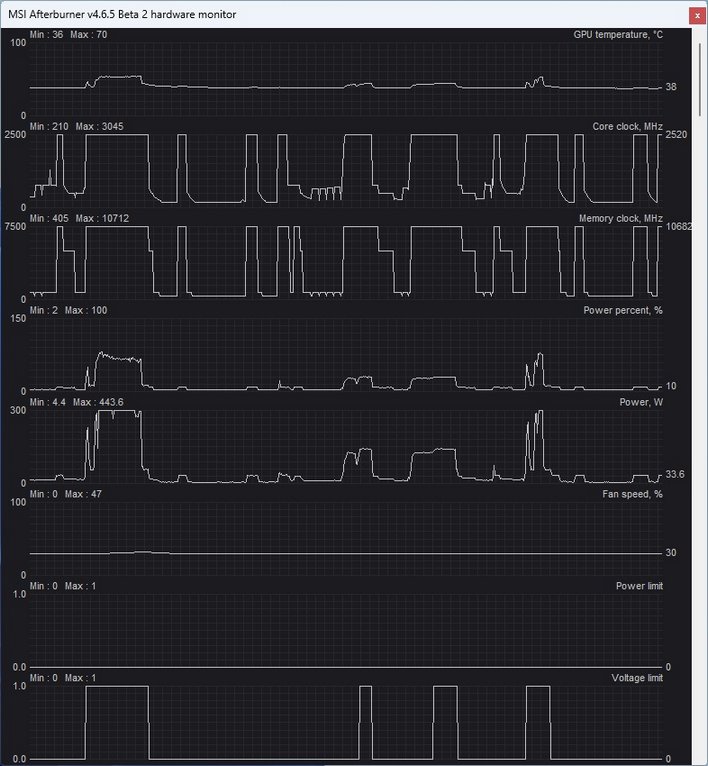
GeForce RTX 4090 Hardware Monitor - Overclocked
We used the frequency offsets with the power and temperature target sliders available in Afterburner to manually push the GeForce RTX 4090 well beyond its stock configuration. First, we turned up the temperature and power targets to their maximum values, and then increased the GPU and memory clock offsets until the test system was no longer stable, showed on-screen artifacts, or performance peaked due to hitting the power limit.
The GeForce RTX 4090 technically has a default boost clock of 2,500MHz, but that number means very little in the real world, since it routinely boosted much higher (you can see it boosting over 2,700MHz while in its stock configuration above). While overclocked, we were able to take its GPU clock all the way up to an impressive 3,040MHz with a 21.4Gbps memory speed.
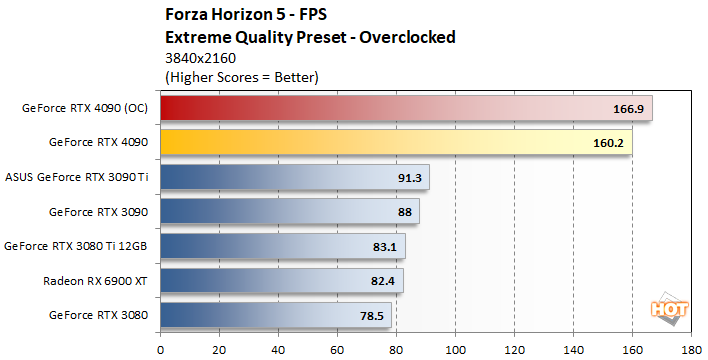
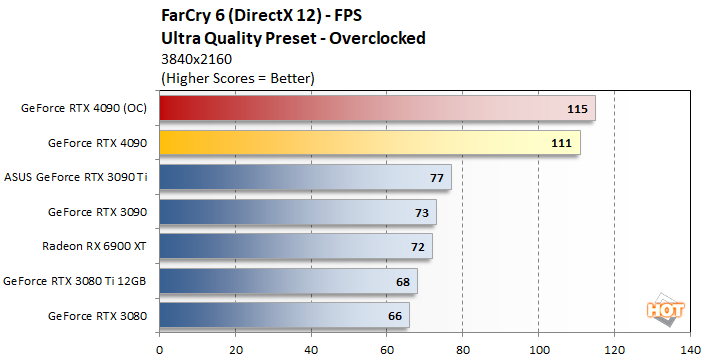
With the card overclocked, we re-ran some tests and saw some moderate performance gains. As fast as the GeForce RTX 4090 is, overclocking simply allows the card to extend its leads over the competition. We also suspect our results to be typical and >3GHz GPU clocks will be commonplace. Some early leaks have actually shown GPU clocks exceeding 3.2GHz.
Total System Power Consumption
We also want to cover a couple of final data points regarding power consumption and acoustics. Throughout all of our benchmarking and testing, we monitored noise output and tracked how much power the GPUs were consuming using in our test system. Our goal was to give you an idea as to how much power each GPU used while idle and also while under a heavy workload. These power numbers were captured during FarCry 6 testing, with ray-tracing enabled, and are representative of total system power consumption: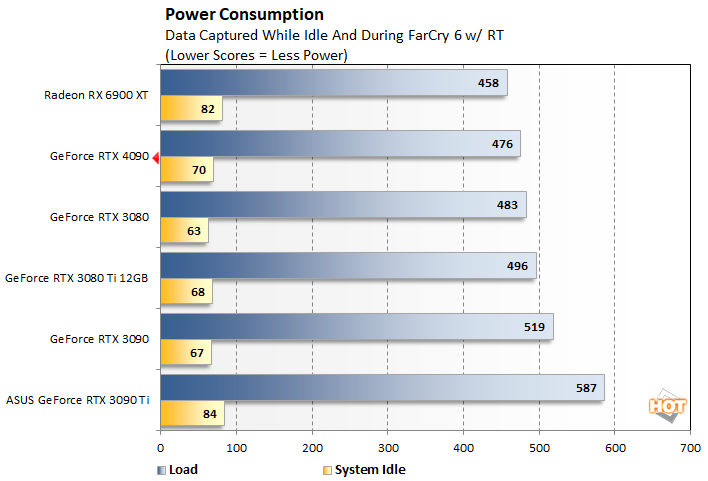
Although many of the rumors had the GeForce RTX 4090 consuming upwards of 600W (probably because some folks were thrown off by the quad 8-pin power adapter), in the real world, RTX 4090's idle and peak power are in-line with other high-end GPUs, and was actually lower than RTX 30-series cards -- at least in Far Cry 6. We also tested power in other games using all of the various DLSS modes and saw peak power of the system exceeding 600 watts with the 4090 installed, but it remained in-line with the other cards.
As far as noise output is concerned, it's a non-issue. At idle or when under light loads, the GeForce RTX 4090 is effectively silent and can't be heard over the chassis and PSU fans in our test system. When under a heavy, sustained workload, the RTX 4090's fans do spin up considerably, but this card runs so cool and quiet they never get loud or intrusive. The highest GPU temperature we saw with our sample was only 72°C. The huge cooler on this card is more than capable of keeping temperature in check without making any racket at all.NVIDIA GeForce RTX 4090 Review Summary
The new Ada Lovelace-based GeForce RTX 4090 is an absolute beast that significantly outperformed every other card we tested in gaming, compute, and content creations workloads. NVIDIA's GeForce RTX 4090 impressed us from the get-go, offering a big jump in performance across the board over the RTX 30 series and AMD’s Radeon RX 6900 XT, in every application we tested, while also offering new, bleeding-edge features that aren’t available anywhere else in the market currently.Although we’re still mentally processing what NVIDIA’s AI Frame Generation technology truly means to performance, in practice, with the handful of titles we were able to test, it clearly smoothed out the animation and ultimately enhanced the experience significantly. The technology is particularly interesting in situations that are CPU bound. Where other architectures will be at the mercy of a CPU bottleneck, Ada Lovelace with DLSS 3 can still boost performance thanks to those AI Generated Frames, which is a completely new paradigm for PC gaming performance. As we get more time to more closely inspect games that utilize AI Frame Generation, we’re sure some corner cases will pop up where unwanted things might happen, but at this moment, we’re impressed.
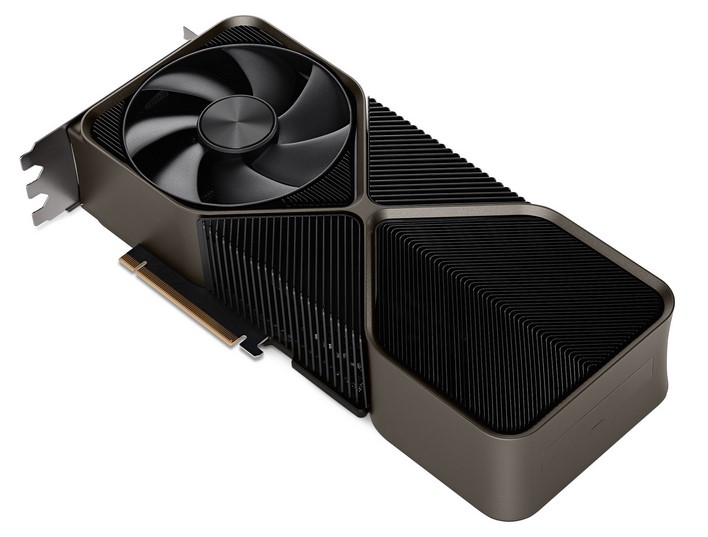
Of course, bleeding-edge hardware that offers performance head-and-shoulders above anything else will command a significant premium. The GeForce RTX 4090 is priced at $1,599, which is a big chunk of change for most people. At this point in time, the GeForce RTX 3090 Ti can be had for about $1,100. Relative to the RTX 3090 Ti, the GeForce RTX 4090’s price is justifiable, however. Do we wish it was more affordable? Absolutely. But relative to competing offerings, we feel that $1,599 is not out of line.
In the end, NVIDIA’s new architecture and the GeForce RTX 4090 offer a true generational leap over the RTX 30 series, with newfound levels of extreme performance and innovative features for gamers and content creators. We can’t wait to see what the more affordable GeForce RTX 4080 cards can do next, so stay tuned to HotHardware.


